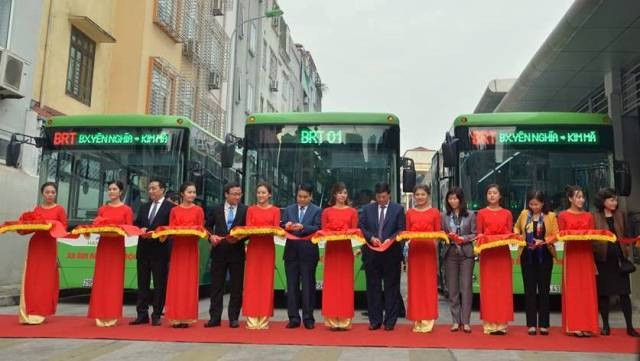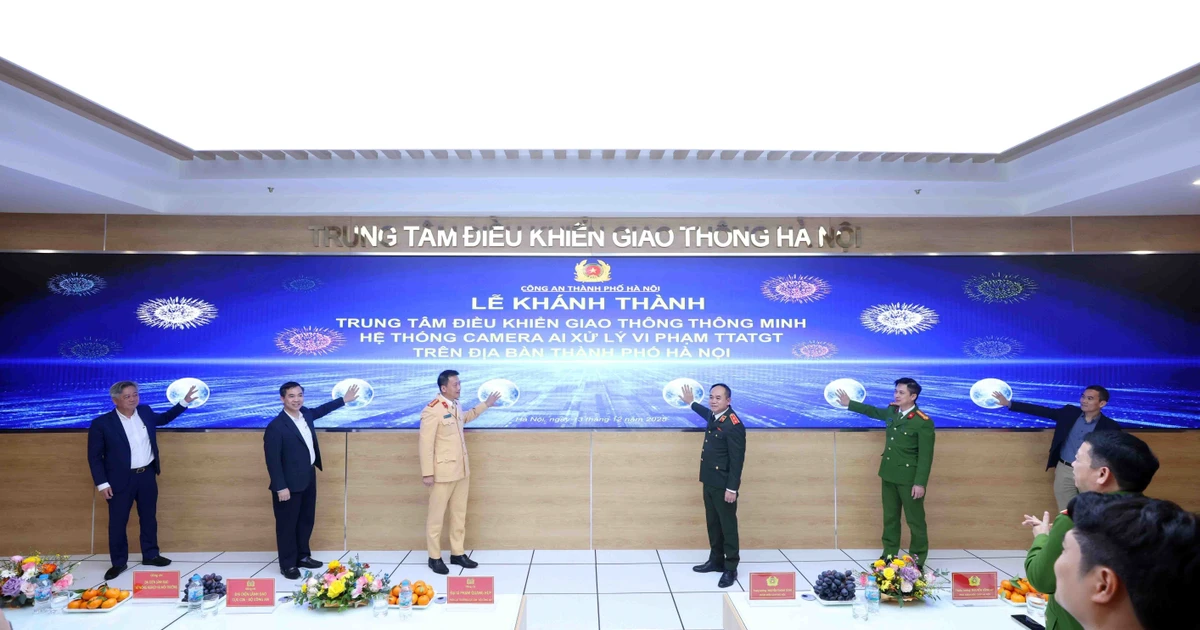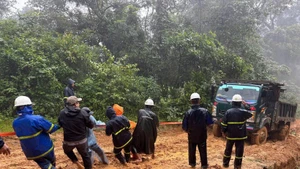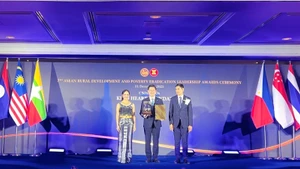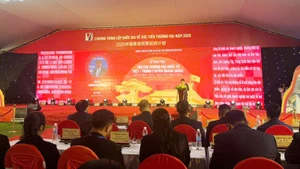Police have been seen on the spot to direct traffic along the BRT route, which covers 14.7km from Kim Ma station in Ba Dinh District to Yen Nghia station in Ha Dong District.
With prioritised traffic lights and lanes, the buses run through Giang Vo, Lang Ha, Le Van Luong, Le Trong Tan, Tran Phu and Ba La streets.
After the launch ceremony, Hanoi leaders boarded a rapid bus to try out the prominent solution for traffic in the capital. Local authorities expect the BRT will encourage more people to use public transport. During the first month of operation of the bus system, between January 1 and 31, 2017, passengers can travel on the route free of charge.
Nguyen Huu Tuyen, a BRT driver, said the bus runs in its own lanes, thus facing congestion on just two or three sections of the route
The entire route takes between 40 and 42 minutes and the passengers seem very pleased, he noted. The bus system is scheduled to operate 17 hours per day, from 5am to 10pm, with a bus departing every 5, 10 and 15 minutes.
The Hanoi BRT project started in 2013 at a cost of US$53.6 million, financed through World Bank loans.
Prior to its official launch, the buses had been piloted during rush hours. It was reported that their speed was slower, as there were too many vehicles on the road and many of them drove on lanes designated for rapid buses.
